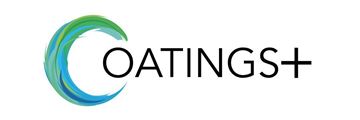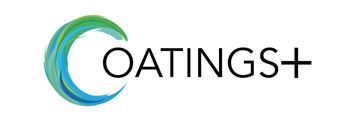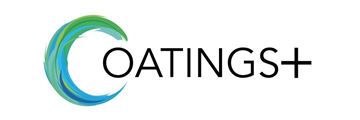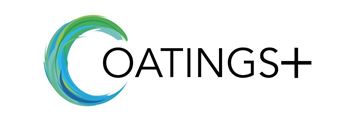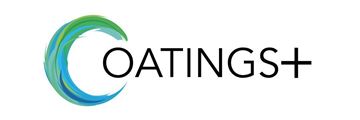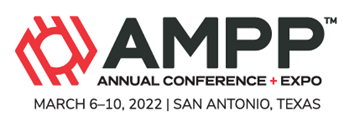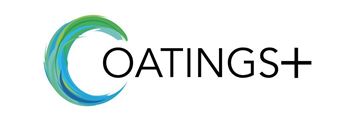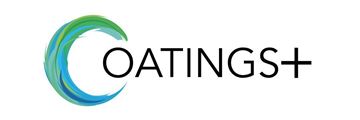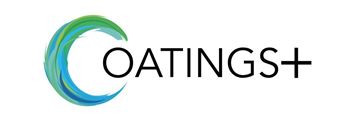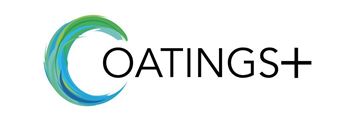Search
Products tagged with '2020 Conference Papers'
View as
Sort by
Display
per page
Plasma Coating Removal: a Safety and Industrial Hygiene Analysis
Product Number:
51220-302-SG
Publication Date:
2020
$20.00
Polyols for Improved Durability of Pipeline Coatings
Product Number:
51220-300-SG
Publication Date:
2020
$20.00
Regulatory Update: New and Revised Regulations and Actions Effecting the Coatings Industry
Product Number:
51220-252-SG
Publication Date:
2020
$20.00
Salt Contamination Testing Method and Accuracy Improvement
Product Number:
51220-242-SG
Publication Date:
2020
$20.00
Self-Healing Microcapsule-Thickened Oil Barrier Coatings
Product Number:
51220-250-SG
Publication Date:
2020
$20.00
Sensitivity Study Of Typical Pipelines And Station Pipes In Hydrogen Environment
Product Number:
51322-17707-SG
Publication Date:
2022
$20.00
Seven Ways Plural-Component Spraying Equipement Provides Savings and Improves Performance
Product Number:
51220-258-SG
Publication Date:
2020
$20.00
State of Technology: Cleaning and Coating UAV Systems
Product Number:
51220-262-SG
Publication Date:
2020
$20.00
Surface Roughness Profile and its effect on Coating Adhesion and Corrosion Protection
Product Number:
51220-238-SG
Publication Date:
2020
$20.00
Surface Soluble Salts Impact on Protective Coating Performance
Product Number:
51220-277-SG
Publication Date:
2020
$20.00

